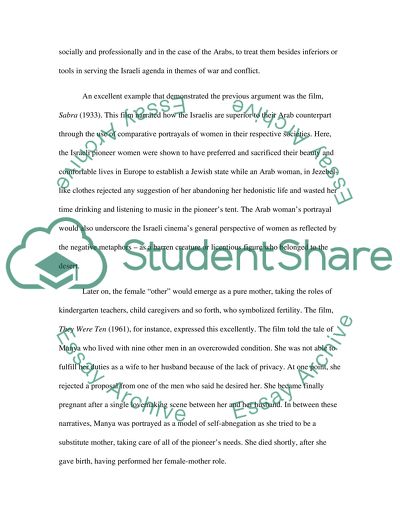Cite this document
(“The Others In The Israeli Cinema Essay Example | Topics and Well Written Essays - 1500 words”, n.d.)
The Others In The Israeli Cinema Essay Example | Topics and Well Written Essays - 1500 words. Retrieved from https://studentshare.org/visual-arts-film-studies/1561377-history-of-israeli-flim
The Others In The Israeli Cinema Essay Example | Topics and Well Written Essays - 1500 words. Retrieved from https://studentshare.org/visual-arts-film-studies/1561377-history-of-israeli-flim
(The Others In The Israeli Cinema Essay Example | Topics and Well Written Essays - 1500 Words)
The Others In The Israeli Cinema Essay Example | Topics and Well Written Essays - 1500 Words. https://studentshare.org/visual-arts-film-studies/1561377-history-of-israeli-flim.
The Others In The Israeli Cinema Essay Example | Topics and Well Written Essays - 1500 Words. https://studentshare.org/visual-arts-film-studies/1561377-history-of-israeli-flim.
“The Others In The Israeli Cinema Essay Example | Topics and Well Written Essays - 1500 Words”, n.d. https://studentshare.org/visual-arts-film-studies/1561377-history-of-israeli-flim.


